
All categories
Featured selections
Trade Assurance
Buyer Central
Help Center
Get the app
Become a supplier

(10054 products available)

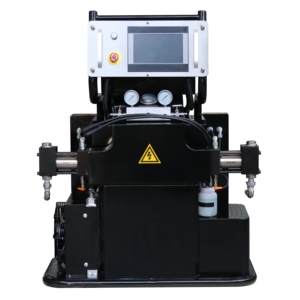
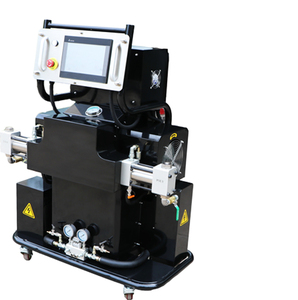

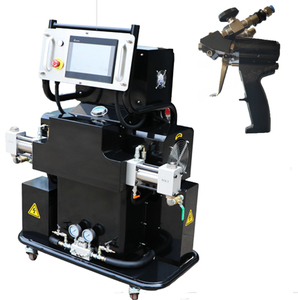
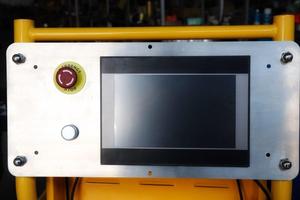







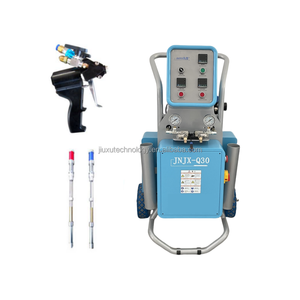



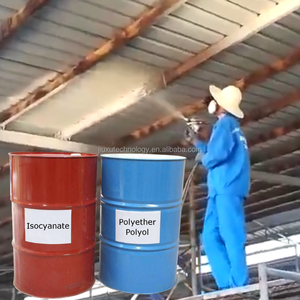
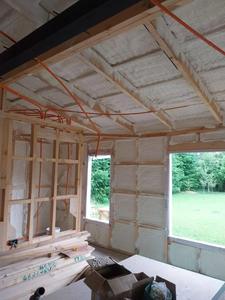








Polyurethane injection machines serve different markets because they have been designed to meet different needs and applications. The following types are popular amongst users:
Low-Pressure PU Injection Machines
Low pressure is the predominant way to inject urethane foam into molds. This method involves using a pump to inject mixed material under one to two ounces per square inch (oz/in2) of pressure. It is cheap to set up and also helps to create better quality parts. Better quality here means pieces that are not overly dense, pieces with fewer internal stresses, and those that have a decent surface finish. Additionally, pumps using this method could be air, gear, or hydraulically driven.
High-Pressure PU Injection Machines
High-pressure PU injection machines use mixed materials that are injected into closed or open molds using about 1,500 to 2,000 psi (pounds per square inch) of pressure. This method works well with elastomers and is ideal for creating products with more specific qualities like precise part tolerances, faster production rates, and quicker curing times. However, another thing that the manufacturer has to consider when using this method is that the mold releases used have to be low.
High-pressure machines generally have hydraulic drives and are more expensive than low-pressure ones. There are early, delayed, and total readings on hydraulic drives, and all of those systems have to be considered before choice or use.
Touchscreen-controlled PU injection machines
These machines provide customizable polyurethane production with a user-friendly interface. They enable precise adjustment of parameters like injection speed and volume, pressure, temperature, and time. The touchscreen display ensures accurate formulation, and recipe storage simplifies setup for different production runs. Controlled machines enhance efficiency, reduce waste, and ensure consistent product quality.
Separator Vacuum PU Injection Machines
Vacuum separator machines simplify mold making by allowing users to inject materials between two separating plates. The plates used here are usually made from aluminum, but other materials could be used, depending on desire and specification. Operators can easily remove the molds after the material has cured. This makes mold production a lot easier and faster. These machines also use a vacuum to hold the mold in place while the material is injected.
Machines for polyurethane injection are beneficial in construction, furniture, automotive, packaging, and footwear industries.
When buying a polyurethane injection machine, buyers should consider the intended application or use. The machine-type requirement can vary depending on the application. For example, a walk-behind injection machine is suitable for small tasks, whereas a spray machine works best for large projects like insulation or roofing. Buyers should also consider the tank size of the PU injection machine. The tank capacity determines how frequently the machine will need to be refilled during operation. A larger tank will allow for longer continuous operation but may make the machine heavier and less portable.
Another important consideration is whether to buy a manual or automatic polyurethane injection machine. Automatic machines offer more consistent performance and are easier to operate but may be more expensive. Manual machines are less costly but require more operator skill and effort to achieve good results. Also, consider the weight of the machine. Heavier machines are more durable but, depending on the weight, may be more difficult to maneuver on the job site. If portability is important for the intended application, choose a machine with the right weight for the task at hand.
In addition, look at the safety features of the machine, such as the emergency stop buttons. It's important to operate safe equipment. The cost of the machine, including the warranty and any maintenance required in the long run, should also be considered before making a purchase. With all these things in mind, buyers can choose the right polyurethane injection machine.
Q: How does a polyurethane injection machine work?
A: The machine works by simultaneously mixing two-component elastomers, foaming agents, and isocyanates through a high-pressure impingement mixing process. The chemical reaction initiates the expansion of the material, creating a foam that fills the cavity of the mold.
Q: What are the benefits of a polyurethane injection machine?
A: The machine provides benefits such as production flexibility, faster cycle times, waste reduction, and high-volume efficiency.
Q: What types of products are made with a polyurethane injection machine?
A: The machine is used to manufacture insulated panels, automotive parts, sealants, gaskets, refrigerator, and freezer components, among other products.
Q: Can a polyurethane injection machine handle multiple materials simultaneously?
A: Yes, certain machines can process more than two materials concurrently by utilizing specialized mix-heads and injection units.